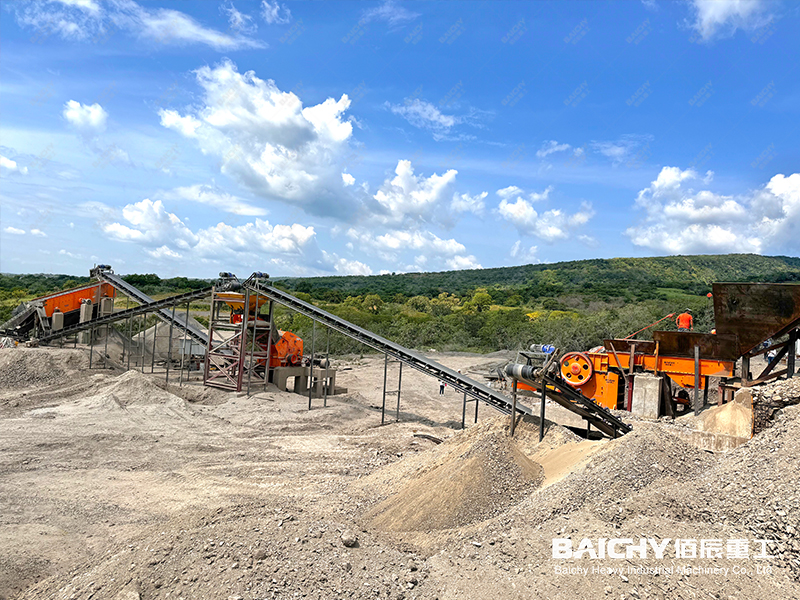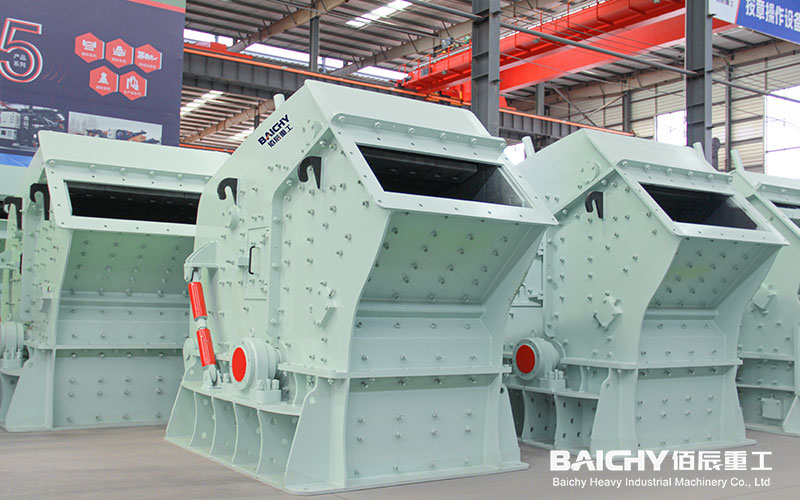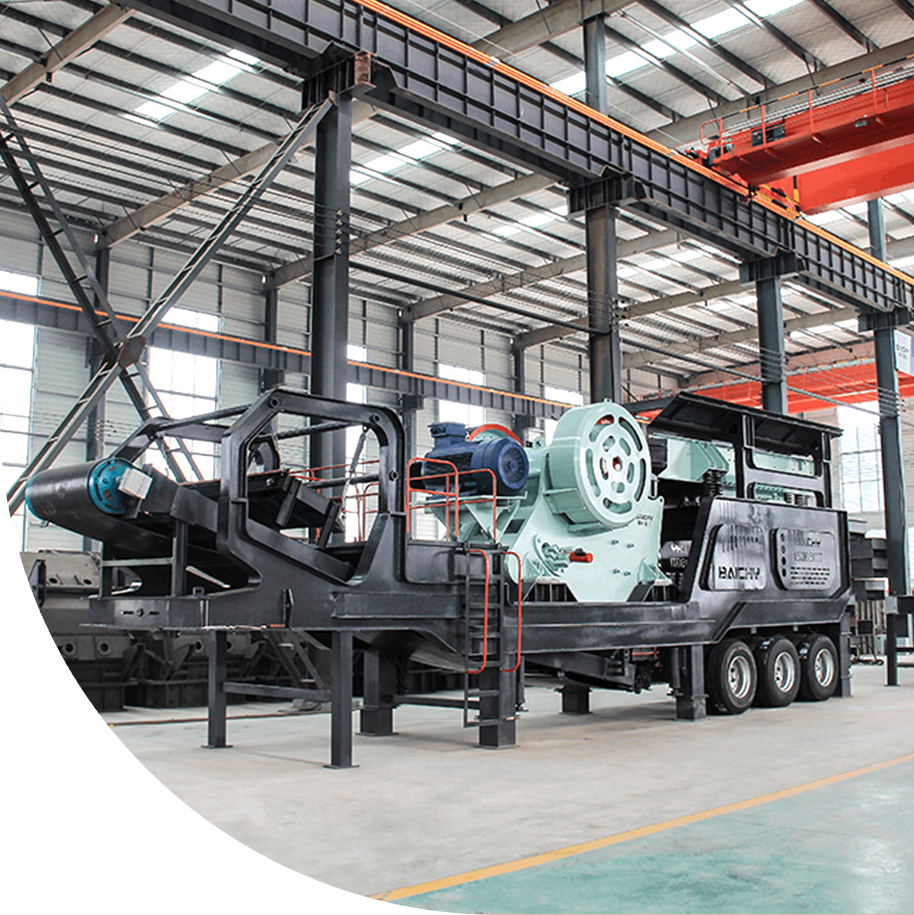ZSW1149 feeder + C110 jaw crusher + 1320 impact crusher + 3YK2470 vibrating screen This production line has significant advantages in the field of ore crushing and screening


Model: ZSW1149 Vibrating Feeder | Tank size: 4900x1100mm
Maximum feed size: 580mm | Processing capacity: 280-430t/h
Vibrating feeders can use the principle of vibration to evenly and continuously transport granular or blocky ores, sand and gravel and other materials to downstream equipment such as crushers and screens.
By adjusting parameters such as vibration frequency, amplitude and inclination, the feeding amount of materials can be accurately controlled to ensure the continuity and stability of the production process.
Model: C110 Jaw Crusher | Max. Feeding Size: 700mm
Outlet adjusting range: 70-200mm | Processing capacity: 200-400t/h
C series jaw crusher is suitable for crushing materials such as ore, rock, slag, etc. with certain compressive strength. The maximum compressive strength of the crushed materials can reach 320MPa.
The deep V-shaped crushing chamber design allows materials to enter the crushing chamber without hindrance, ensuring the feeding capacity; it has greater fatigue resistance, higher reliability and stable operation over a long service life.
Model: PF1320 Impact Crusher | Max feeding size: 500mm
Moto power: 160-220kw | Processing capacity: 130-220t/h
Impact crusher is a commonly used crushing equipment. Its main function is to crush various rocks, ores, construction waste and other materials. It also has a screening function. It can be used to crush various ores, such as coal, oil, metal ore, etc.
The plate hammer of the impact crusher has a high metal utilization rate, and the wear is mainly concentrated on the side facing the material, which reduces the frequency of spare parts replacement and maintenance costs.
Model: 3YK2470 Vibrating Screen | Mesh size: 3-100mm
Moto power: 37kw | Processing capacity: 180-900t/h
C series jaw crusher is suitable for crushing materials such as ore, rock, slag, etc. with certain compressive strength. The maximum compressive strength of the crushed materials can reach 320MPa.
The deep V-shaped crushing chamber design allows materials to enter the crushing chamber without hindrance, ensuring the feeding capacity; it has greater fatigue resistance, higher reliability and stable operation over a long service life.

ZSW1149 feeder + C110 jaw crusher + 1320 impact crusher + 3YK2470 vibrating screen This production line has significant advantages in the field of ore crushing and screening
Recommended combination:
• Coarse crushing: jaw crusher (such as PE750×1060), with high compressive strength, suitable for the high hardness of basalt.
• Medium crushing: cone crusher (such as HPT300 or multi-cylinder hydraulic cone crusher), lamination crushing reduces wear.
• Fine crushing/shaping: impact crusher (VSI6X) for sand making (if necessary) or secondary cone crusher.
• Auxiliary equipment: vibrating feeder, circular vibrating screen (3-4 layers of screening), belt conveyor, dust removal device, etc.
Fixed type: suitable for long-term, large-scale production (such as a fixed site of mine), high stability, and easy maintenance.
Mobile type: suitable for multi-site operations (such as tire type or crawler type), but the processing capacity may be limited, and it needs to be selected according to actual needs.
It can be achieved by adjusting the crusher discharge port, screen aperture and closed-loop circulation (return material). The hydraulic system of the cone crusher can accurately adjust the discharge.
• Use crusher hammers and liners made of high manganese steel or composite alloy.
• Check wear regularly (it is recommended to inspect every shift) and replace parts such as mortar wall and crushing wall in time.
• The cone crusher adopts a hydraulic cavity cleaning function to reduce downtime.
• Electricity: Confirm the voltage (usually 220V/60Hz) and stability, and it is recommended to equip a voltage stabilizer.
• Climate: Equipment in coastal areas needs to be protected from salt spray corrosion, and dust removal should be strengthened in arid areas.
• Regulations: NOM certification is required, and some states require an environmental assessment report (MIA).








